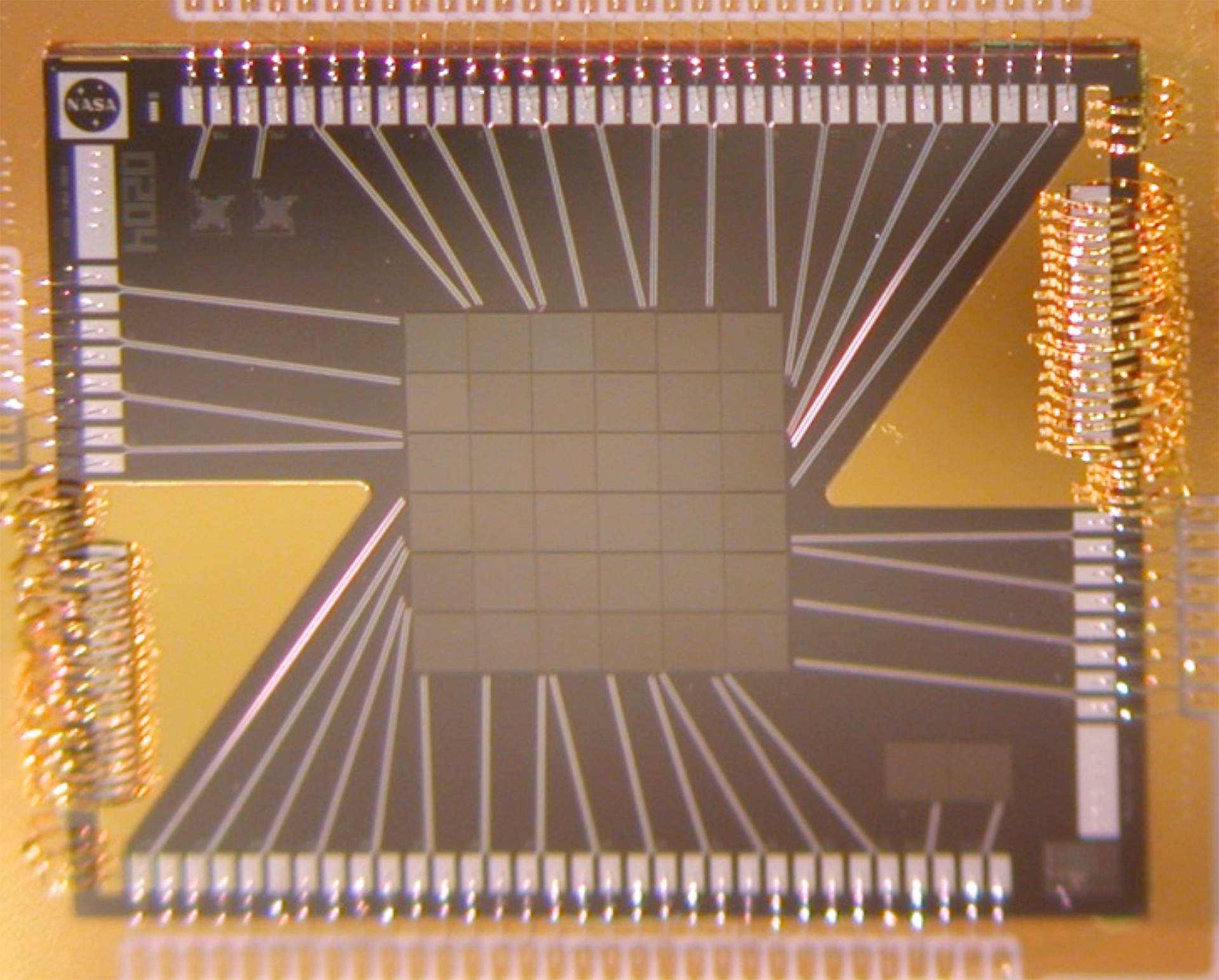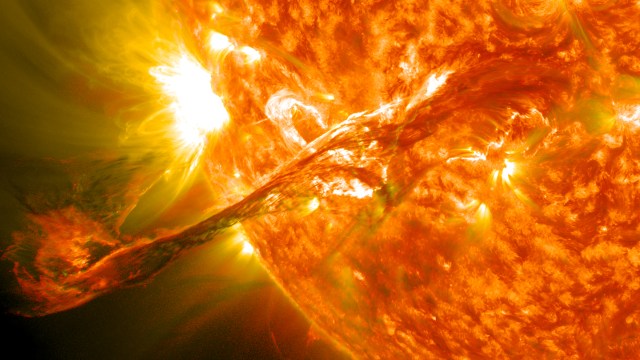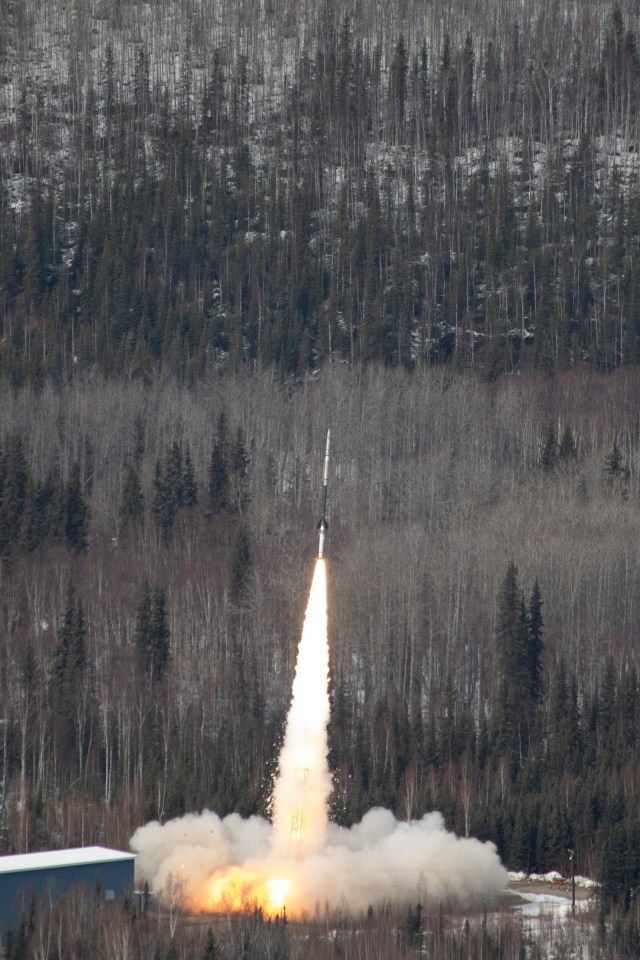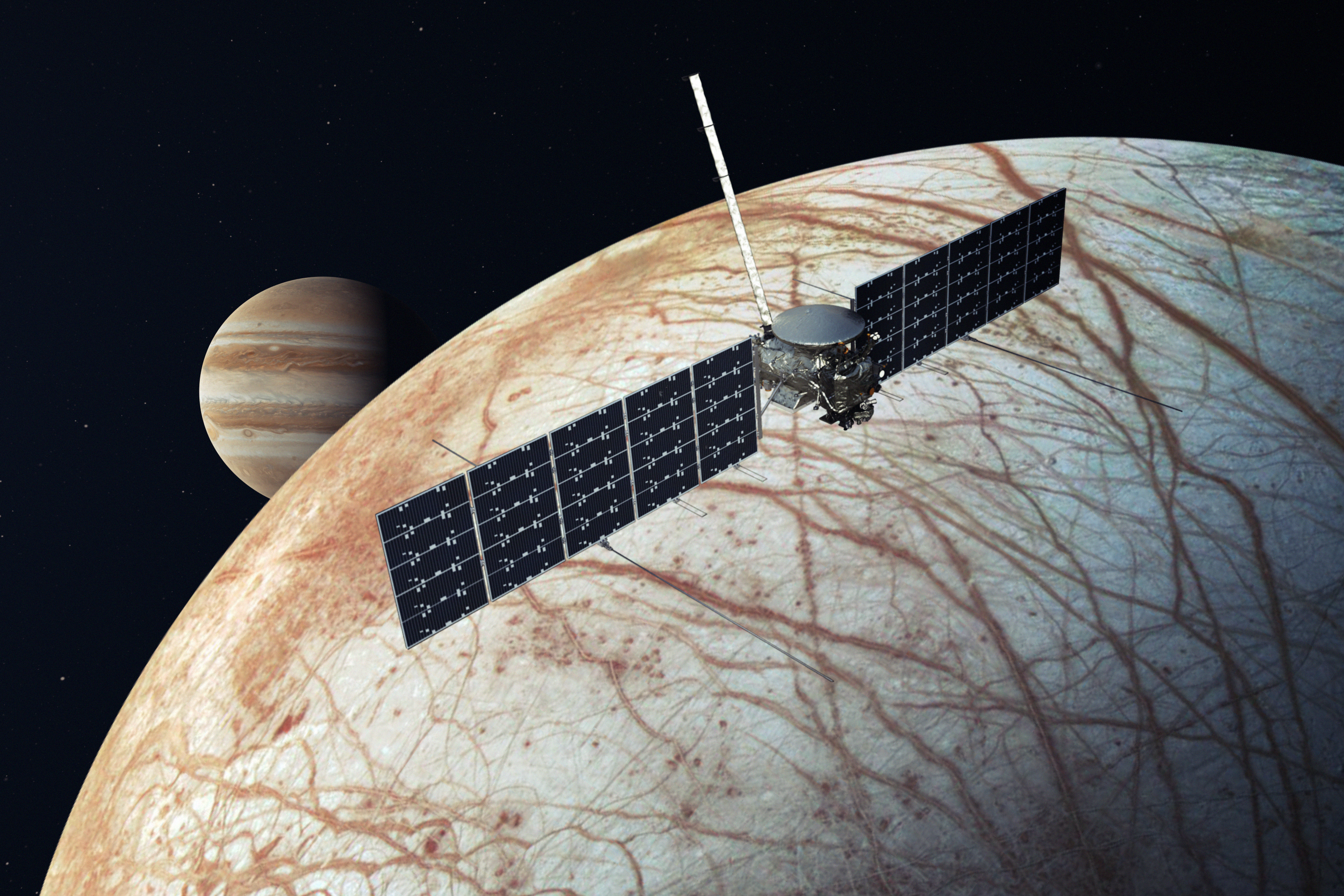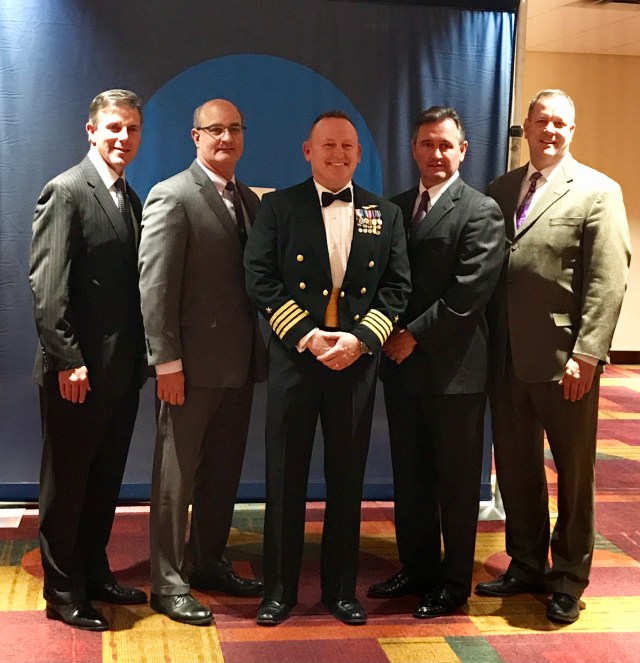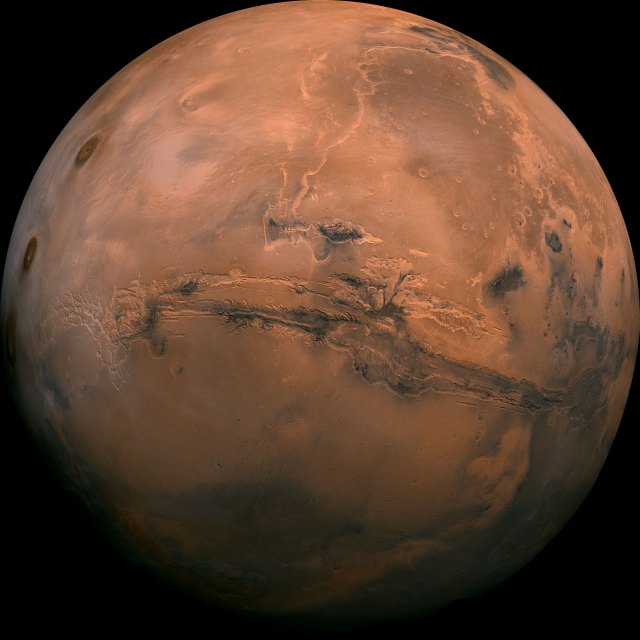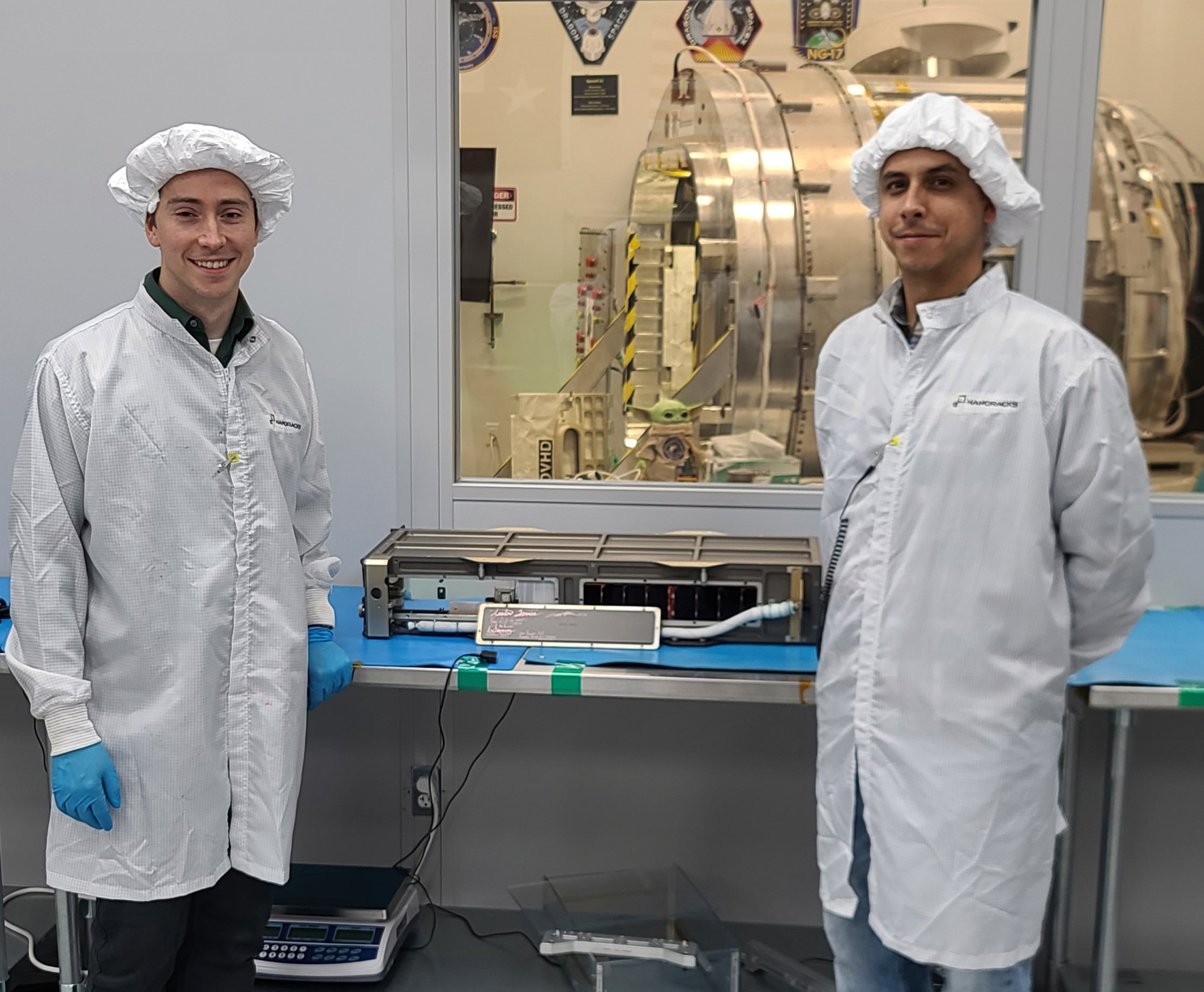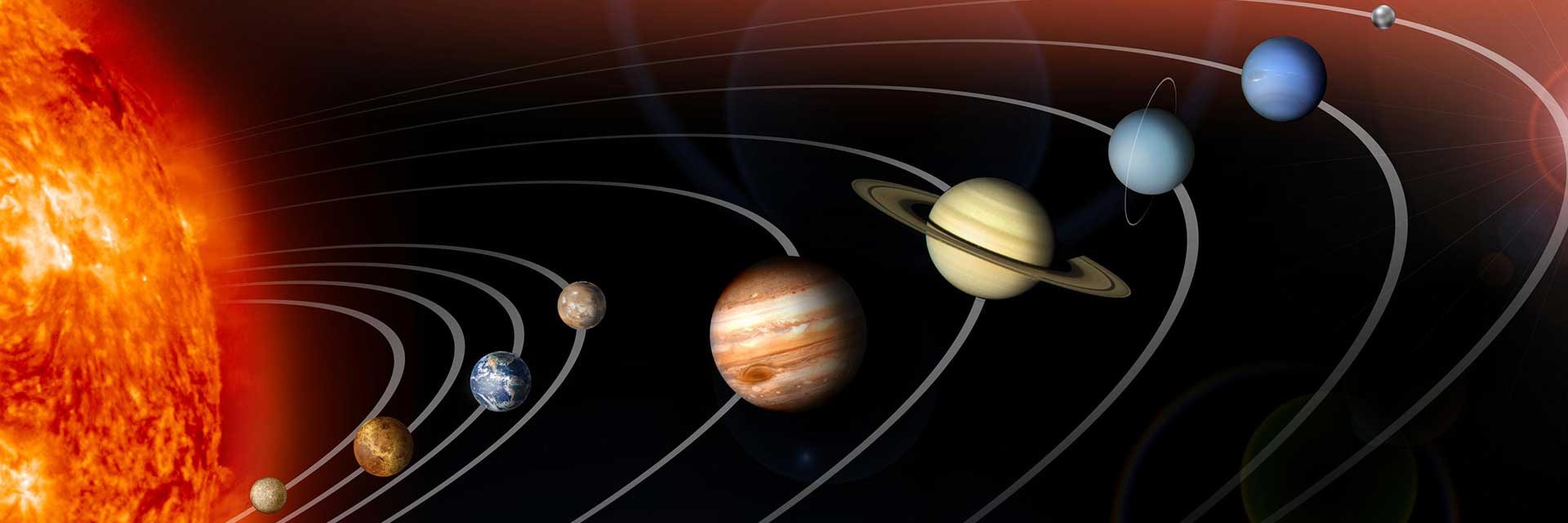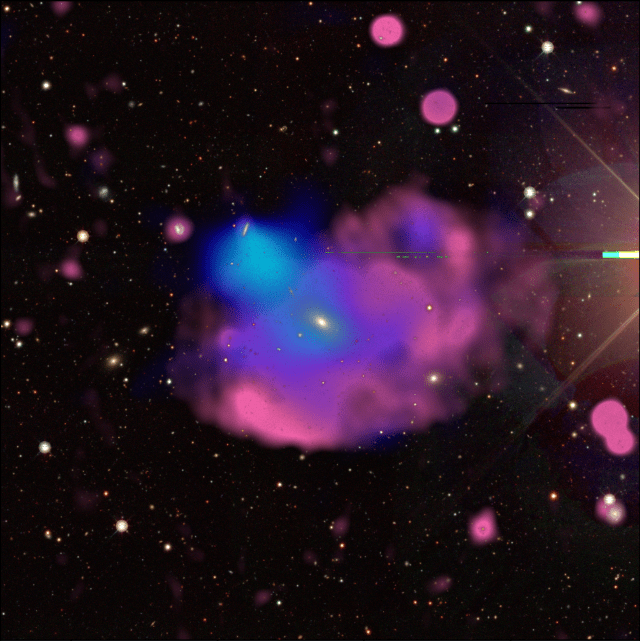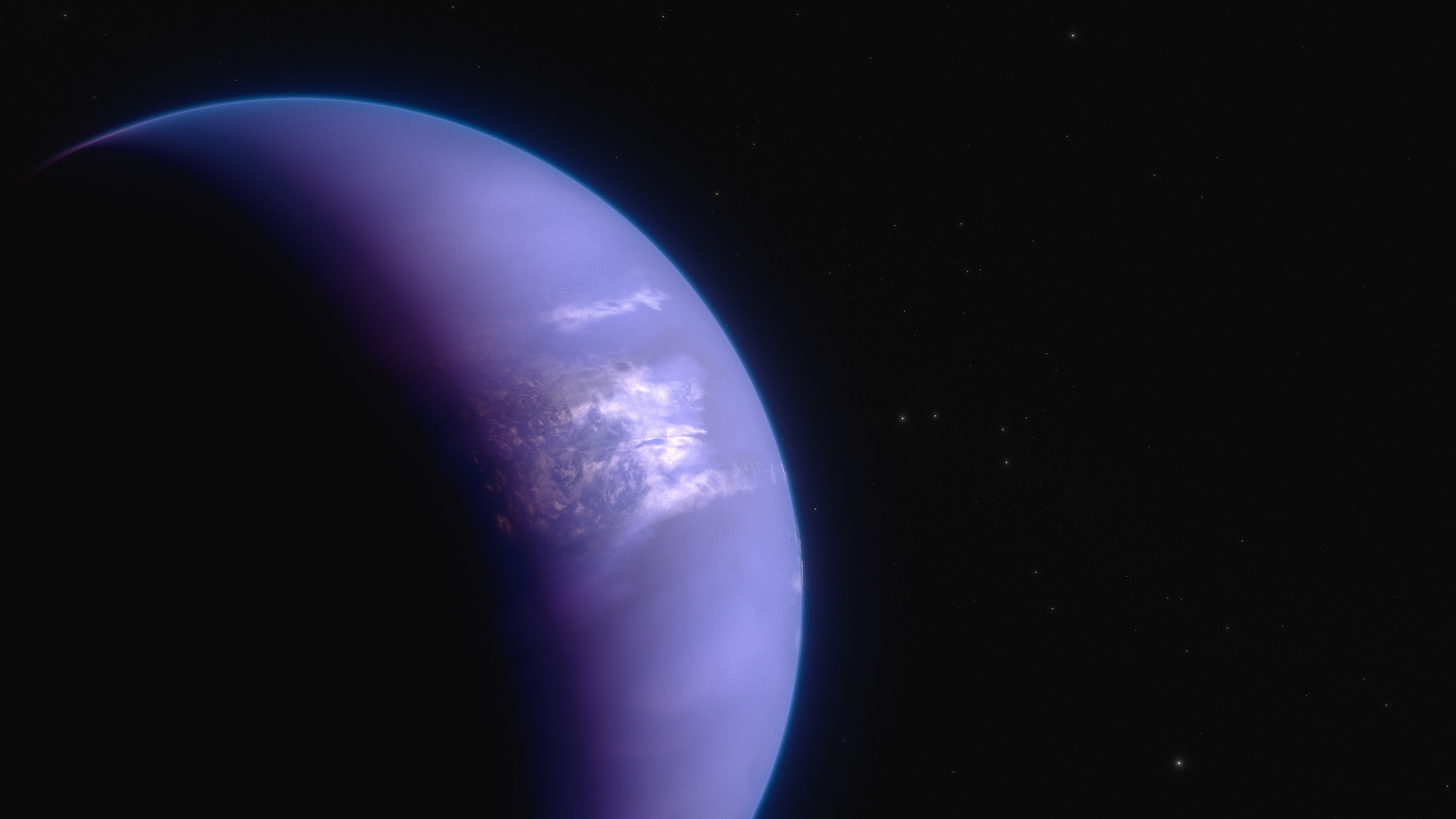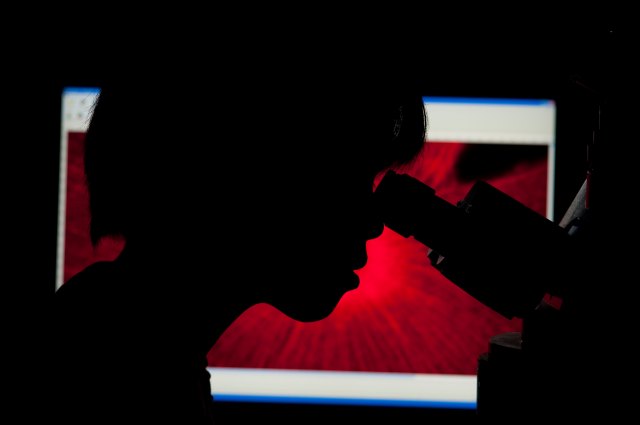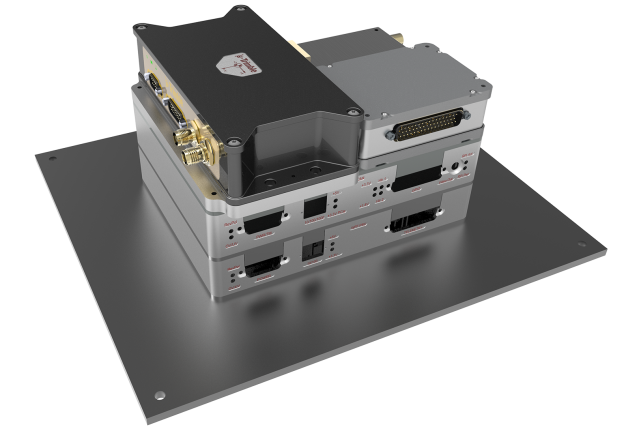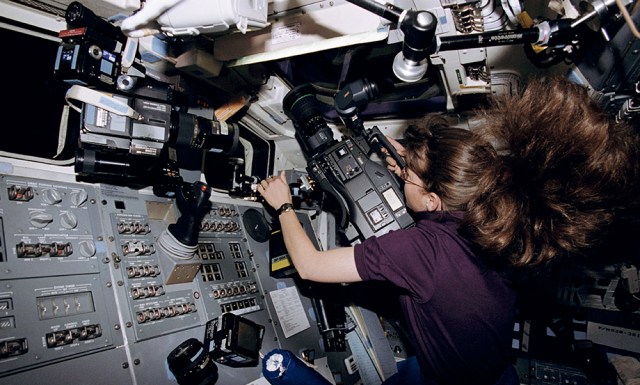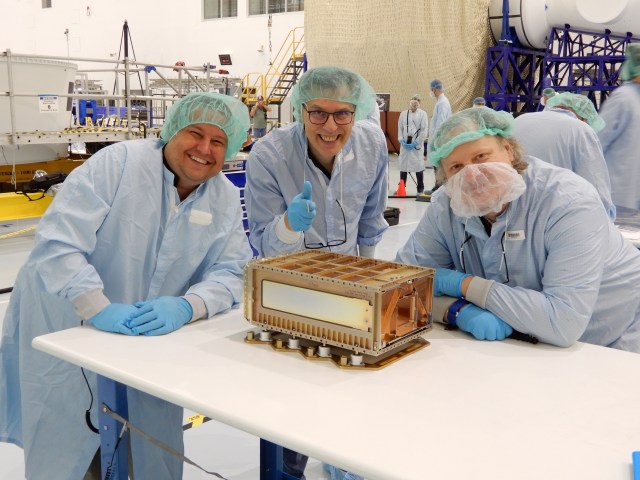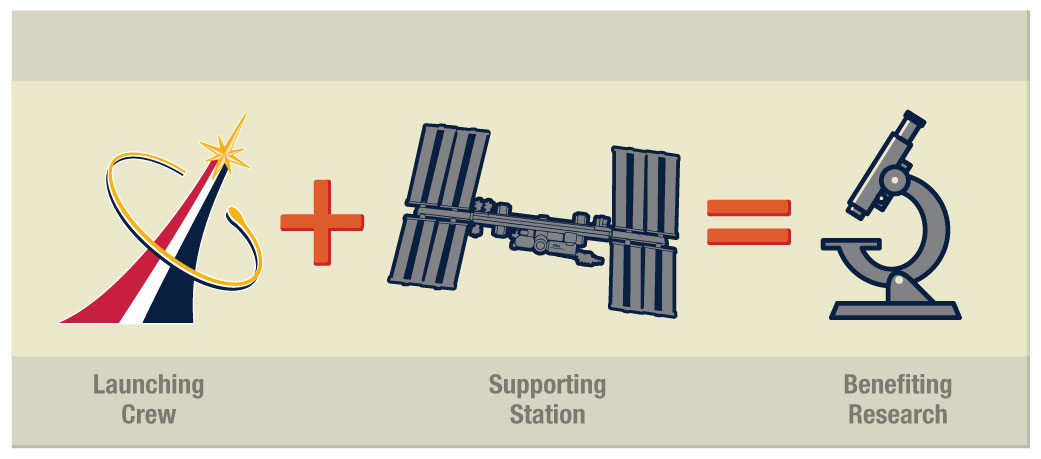The addition of Boeing Starliners and SpaceX Crew Dragons to the manifest of spacecraft heading to the International Space Station in the near future raises more than the opportunities for astronauts to fly to and from space aboard American spacecraft. It also increases the amount of science and broadens the research that can be performed aboard the orbiting laboratory.
That’s because the new generation of human-rated spacecraft are being designed to carry time-critical science to and from the space station along with astronauts. Researchers will be able to work with astronauts aboard the station to undertake a wide array of different science investigations and will benefit from the increased opportunity to see their research returned back to Earth for continued examination.
The spacecraft also will aid in the goal of establishing and maintaining a crew of seven astronauts, which could increase the research time in microgravity. Mission planners anticipate that increasing the crew size on the U.S. segment by just one crew member could effectively double the amount of time dedicated each week to research.
The space station, which has been permanently crewed since November 2000, offers humanity the only space-borne laboratory of its kind. NASA has used it for a range of studies including particle physics, biology, astronomy and engineering. Experiments to study Alzheimer’s proteins, grow plants and survey Earth’s atmosphere have been conducted from the orbiting platform. With NASA focused on the challenges of sending astronauts to deep space, much of the science conducted on the station centers on finding answers to questions of health after long durations in orbit and on lowering radiation dangers. The station also is home to experiments that benefit people on Earth in numerous ways.
Aside from cargo-only versions of the Dragon spacecraft and the soon-to-fly Sierra Nevada Corp. Dream Chaser, the other supply ships that go to the space station burn up in the atmosphere after their missions. Therefore, they are loaded with trash and equipment that is no longer useful. For researchers on Earth, though, the chance to look at specimens grown in orbit, such as microscopic protein crystals, reveal details that are not always picked up in photos taken in orbit.
Designed to fly more people into space, the Starliners and Crew Dragons will fly up to four astronauts at a time on NASA missions, plus more than 200 pounds of cargo. At the end of their missions, the spacecraft can be loaded with returning experiments or other gear that needs to be saved on Earth rather than discarded. In other words, the research can get a ride home with the astronauts.

